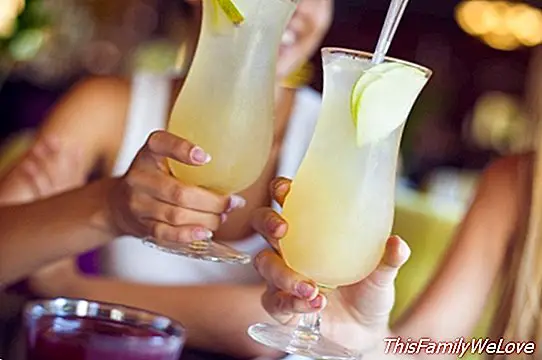Sources of hydration against the heat wave of summer

Exposure to very high ambient temperatures as a result of heat waves that recur throughout the summer can alter vital functions and cause significant health problems such as dehydration, lipotimia or even more serious pictures such as heat stroke. From the International Chair of Advanced Studies in Hydration (CIEAH) the need to constantly replace the losses of water and mineral salts is insisted on.
How? By increasing the intake of different types of beverages, mainly water, always as a first option, and foods that contain a high percentage of water.
Risk of dehydration
And is that when temperatures rise between 30 and 40 ° C, in some areas even with moisture, there is a greater loss of fluids caused by high sweating. Faced with this type of situation, if the intake is not equalized and water and electrolyte losses -especially sodium and potassium- can be produced dehydration.
Anyone can become dehydrated, but older people, children and infants, pregnant women, people with chronic diseases or those who follow pharmacological treatments such as diuretics and athletes are the most vulnerable and most at risk groups.
In this context of high temperatures, the hydration needs are much higher than those recommended by the European Food Safety Authority (EFSA) for the general population in normal situations. With the aim of avoiding possible episodes of dehydration, the International Chair of Advanced Studies in Hydration (CIEAH) insists on the need to constantly replace the losses of water and mineral salts.
In the opinion of Prof. Lluís Serra-Majem, director of the Chair and Professor of Preventive Medicine at the University of Las Palmas de Gran Canaria, "it is essential to increase the intake of different types of beverages, mainly water, always as a first option, and foods that contain a high percentage of water ".
The sources of water in the diet
According to the EFSA, it is estimated that between 70-80% of the hydration is obtained from the drinks and the remaining 20% -30% comes from the food that is ingested, these figures can vary depending on the daily diet of each person.
- Water, tea and coffee without added sugar, soft drinks without sugar, drinks with mineral salts and electrolytes, lemonade and vegetable juices play an important role, with a water content between 85% and 100%.
- Fruit juices they have between 85% and 90% water. In the case of juices it is recommended that they be natural and without added sugar.
- Soups, consommés and vegetable creams with or without milk they have a water content between 85% and 95%.
- Fruits and vegetables have a high water content, like watermelon (95%), melon (90%), strawberries (89%), orange (87%), apples (84%), grapes (81%), cucumber (96%), lettuce (96%), tomato (93%), broccoli (91%), carrot (88%).
- The milk products. Fresh whole milk has a water content between 87% and 90%. Below are yogurt (75% -85%), ice cream (60% -65%) and cheese (40% -60%).
Other foods that provide water
Cereals, such as rice and pasta, and legumes when eaten cooked. On the other hand, fish such as tuna, sardines, hake and squid contain between 50% and 70%. Seafood contains between 65% and 80%, eggs (scrambled, fried, poached, tortilla) between 65% and 75%, lean meats (chicken, beef, lamb, pork and veal) between 40% and 65%, and cured meats, between 15% and 40%.
Consequences of dehydration
Dehydration is considered to be the loss of 1% or more of body mass, that is, the body has less water than it needs to function properly. If the loss of liquids exceeds the intake, it is possible that there will be a decrease in physical and cognitive performance and alterations in the ability to control temperature and cardiovascular function. Mild dehydration can produce symptoms such as headache, weakness, dizziness, fatigue and drowsiness.
When moderate dehydration occurs symptoms include dry mouth, little or no urine volume, heaviness, rapid heartbeat and lack of skin elasticity.
Severe dehydration is a medical emergency that can lead to death, and is characterized by extreme thirst, lack of urine volume, accelerated breathing, altered mental status and cold and clammy skin.
Teresa del Pozo. International Chair of Advanced Studies in Hydration (CIEAH)




